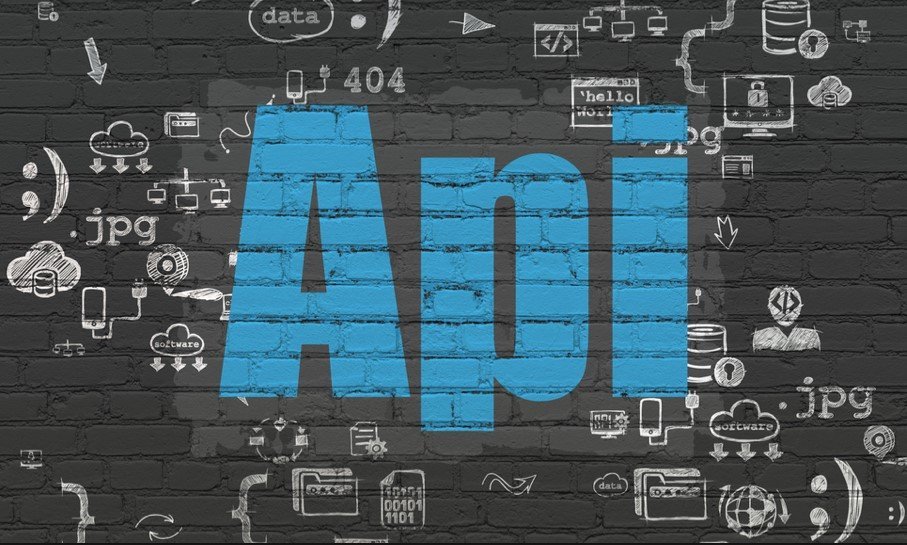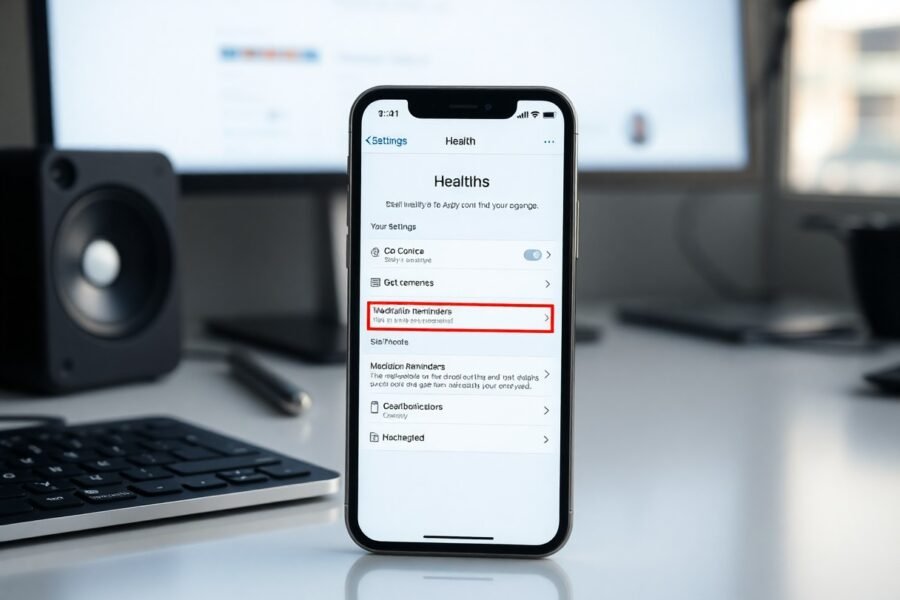Starting to create a software product or service? Before writing a single line of code, you must focus on the API design process. This crucial phase acts as the blueprint for how different software components will communicate. Getting it right from the start prevents future headaches, ensures developers enjoy using your product, and contributes directly to its overall success and adoption.
Why is a Good API Design so Important?
Think of designing an API like drawing the architectural plans for a house. You wouldn’t start building without a detailed blueprint, and you shouldn’t start coding an API without a solid design. This initial design phase determines the specific use cases and models of interaction your API will support.
The quality of your code directly reflects the quality of your design. A well-thought-out design leads to code that is clean, efficient, and easy for other developers to understand and use. This is the foundation of a useful and well-adapted API that serves its purpose effectively.
Ultimately, your goal is to create an API that is consistent, intuitive, and empowering for its users. If you skip or rush the design process, you risk creating a bad API that developers will criticize and avoid. A strong design contributes significantly to the positive impression and overall usefulness of your final product.
Is API Design More Critical than User Experience?
This is a common question, and the answer lies in understanding the audience. User Experience (UX) design focuses on how a human interacts with a graphical interface, which can often be updated and improved over time. API design, however, focuses on how machines and developers interact through code.
Machines require absolute clarity and consistency; they do not tolerate ambiguity or double meanings. Unlike a website’s UI that can be tweaked with minimal disruption, an API’s structure is far more permanent. Once you release the API and developers start building applications with it, making significant changes is game over.
Any change could break the software that relies on your API, causing major problems for your consumers. For this reason, API design is often considered more critical in its initial phase than UX. You must ensure everything is done correctly according to established best practices and patterns from day one because there is little room for error later.
The Link Between API Design and Developer Experience (DX)
Investing time in a good API design directly translates to a better Developer Experience (DX). When you provide developers with clear, logical, and well-documented instructions, they can build what you intended without confusion or frustration. Many developers simply do not have the patience to struggle with a complicated or poorly designed API.
If a developer gets a headache trying to figure out your API, they are likely to abandon it for a competitor’s solution. A smooth DX is a competitive advantage.
On the other hand, a great API design, supported by proper documentation, creates a satisfying and efficient experience. This positive outcome benefits everyone involved. Whether you are working with a few internal partners or have millions of external consumers, everybody appreciates a well-designed API that just works. A positive developer experience often leads to innovation and wider adoption of your platform.
Who are the Key Stakeholders in the API Design Process?
A successful design process begins by gathering the right people around the table. These individuals are known as stakeholders, and their input is vital for creating a comprehensive and effective API. It’s a common mistake to think only developers should be involved in the design.
Bringing all these members on board for informal discussions from the beginning helps shape the design. This collaborative approach also helps identify potential mistakes or overlooked requirements early on, saving significant time and resources later. Since getting everyone in the same physical place can be difficult, using a shared collaboration platform is essential.
The primary stakeholders typically include a diverse group of roles, each bringing a unique perspective:
- Product Managers: They define the business goals and ensure the API solves a real-world problem for customers.
- API Developers/Architects: They provide the technical expertise to ensure the design is feasible, scalable, and secure.
- Technical Writers: They focus on clarity and documentation, ensuring the final API will be easy to understand and use.
- Potential Customers/End-Users: Their feedback ensures the API meets their specific needs and is practical for their use cases.
Best Practices for a Consistent and Intuitive API
Consistency is the bedrock of a great API. When developers can predict how different parts of your API will behave, they can work faster and with fewer errors. Following established best practices is the best way to achieve this.
Start with clear and simple naming conventions for your endpoints and data fields. For example, use plural nouns for collections (like `/users`) and be consistent with your casing style (e.g., camelCase or snake_case). This small detail makes a huge difference in readability.
It is also important to use standard HTTP methods correctly. For instance, use GET for retrieving data, POST for creating data, PUT for updating data, and DELETE for removing it. Sticking to these conventions makes your API immediately familiar to any developer with web experience. Finally, plan your versioning strategy from the start (e.g., `/v1/users`) so you can introduce changes in the future without breaking existing applications.
Frequently Asked Questions about the API Design Process
What is the very first step in API design?
The first step is always to define the API’s purpose and gather requirements by identifying the key stakeholders, including product managers, developers, and potential customers, to understand what problems the API needs to solve.
Can I change my API after it is released?
While you can make changes, it is very difficult and risky, as it can break applications that rely on your API. Changes must be managed carefully through a versioning strategy, where you release a new version (e.g., v2) while supporting the old one for a period of time.
What makes an API “bad”?
A bad API is typically inconsistent, poorly documented, unpredictable, and hard to learn. Common signs include confusing naming, incorrect use of HTTP methods, and an absence of clear error messages, all of which lead to a poor developer experience.
Why is documentation so important for API design?
Documentation is an essential part of the design itself, not an afterthought. It acts as the user manual for your API, guiding developers on how to interact with it correctly and efficiently. Good documentation drastically improves the developer experience and encourages adoption.
Does API design only matter for public APIs?
No, good design is just as crucial for internal APIs used only within your company. A well-designed internal API improves team productivity, reduces integration time between services, and makes the entire system easier to maintain and scale.









Leave a Comment